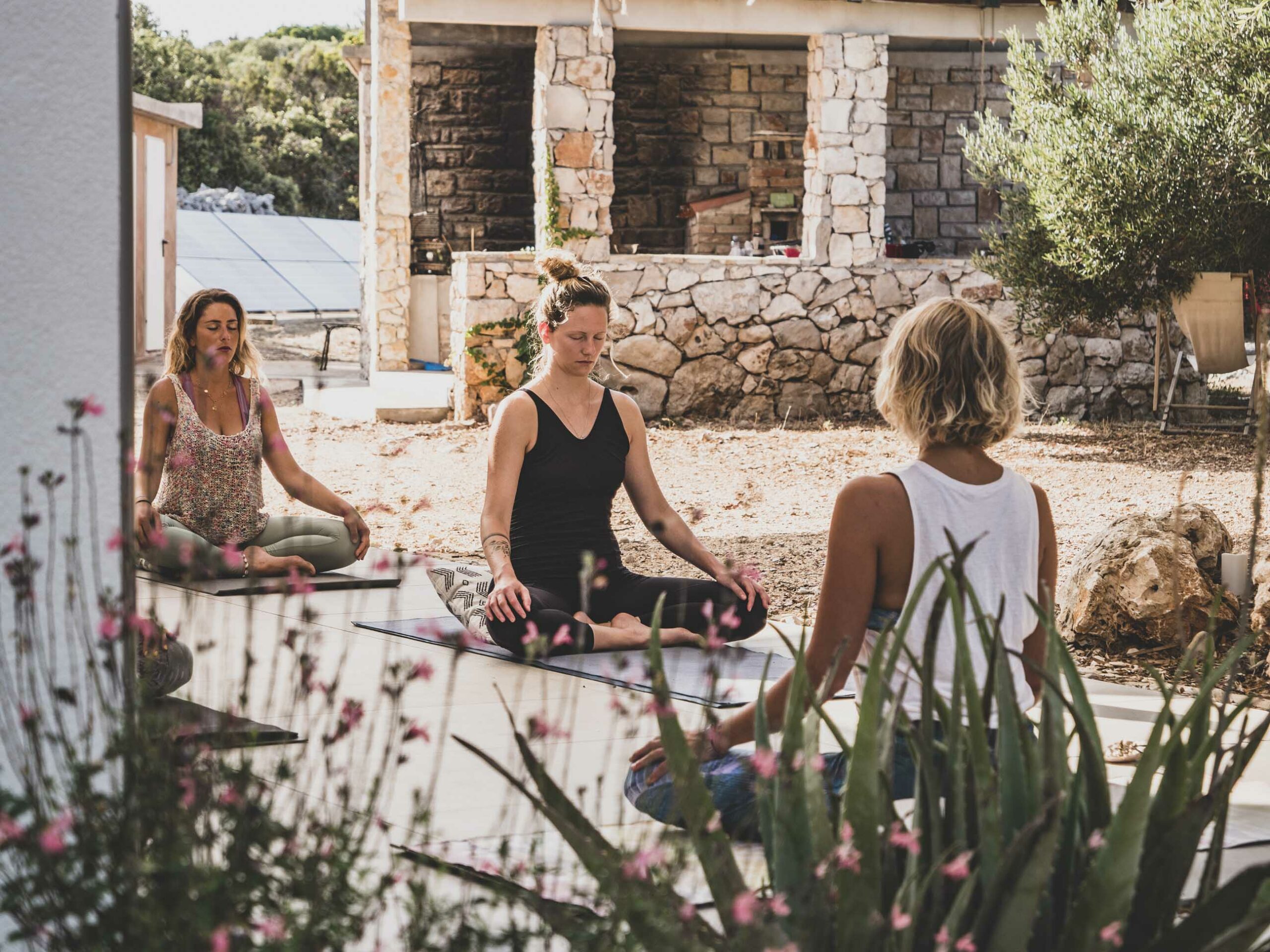Adventures missions and retreats – In the realm of personal and professional development, adventures, missions, and retreats emerge as interconnected pillars, offering a transformative journey toward growth and self-discovery. This comprehensive guide delves into the intricacies of each element, highlighting their benefits and exploring how their combination can unlock profound experiences.
As we embark on this expedition of adventure, mission, and retreat, we invite you to embrace the unknown, challenge your limits, and return with renewed purpose and a profound sense of accomplishment.
Adventures
Adventures are exciting and challenging experiences that take us outside of our comfort zones and allow us to explore the world around us. They can be physical, mental, or emotional, and they can range from backpacking through a remote wilderness to learning a new skill to facing a fear.
There are many different types of adventures to choose from, so there’s sure to be one that’s perfect for you. Some popular types of adventures include:
- Physical adventures: These adventures involve physical activity, such as hiking, biking, climbing, or kayaking.
- Mental adventures: These adventures involve learning new things, such as taking a class, reading a book, or traveling to a new place.
- Emotional adventures: These adventures involve facing our fears, overcoming challenges, and growing as a person.
Going on adventures has many benefits. Adventures can help us to:
- Learn new things about ourselves and the world around us.
- Build confidence and self-esteem.
- Reduce stress and anxiety.
- Improve our physical and mental health.
- Make lasting memories.
Missions
A mission is a purpose or goal that guides the actions and decisions of an individual, organization, or institution. It defines the core values and principles that drive their work and serves as a compass for their activities.
Missions are essential for providing direction, focus, and meaning to an endeavor. They articulate the organization’s reason for being and help to align the efforts of its members towards a common goal.
Examples of Missions in Different Contexts
- Nonprofit Organizations:To alleviate poverty, promote education, or protect the environment.
- Businesses:To provide exceptional customer service, develop innovative products, or maximize shareholder value.
- Educational Institutions:To advance knowledge, foster intellectual growth, and prepare students for the future.
- Government Agencies:To serve the public interest, uphold the law, or protect national security.
Importance of a Clear Mission
Having a clear mission is crucial for several reasons:
- Provides Direction:It guides decision-making and resource allocation, ensuring that efforts are aligned with the organization’s purpose.
- Fosters Unity:It creates a sense of shared purpose and unites individuals around a common goal.
- Motivates and Inspires:A compelling mission can inspire and motivate members to work towards the organization’s goals.
- Facilitates Accountability:It provides a framework for evaluating progress and ensuring that the organization remains true to its purpose.
Retreats

Retreats are intentional experiences designed to provide individuals with an opportunity to step away from their daily lives and focus on their personal growth, spiritual development, or specific goals.
Retreats can vary widely in their purpose and structure, but they typically involve a combination of activities such as meditation, yoga, workshops, group discussions, and time for reflection and introspection.
Types of Retreats
There are many different types of retreats available, each tailored to meet specific needs and interests. Some common types of retreats include:
- Spiritual retreatsfocus on deepening one’s connection to a higher power or spiritual practice.
- Wellness retreatsfocus on improving physical and mental health through activities such as yoga, meditation, and healthy eating.
- Personal growth retreatsfocus on developing personal skills, setting goals, and overcoming challenges.
- Corporate retreatsare designed to improve team dynamics, communication, and leadership skills.
Benefits of Attending a Retreat
Attending a retreat can offer numerous benefits, including:
- Increased self-awareness and personal growth
- Reduced stress and anxiety
- Improved physical and mental health
- Enhanced spiritual connection
- Greater clarity and purpose in life
Combinations
Adventures, missions, and retreats can be combined to create unique and enriching experiences that offer a blend of physical, mental, and spiritual benefits. By combining these elements, individuals can engage in activities that challenge them, inspire them, and foster personal growth.
Examples of combined experiences include:
- Adventure retreats that incorporate hiking, rock climbing, or kayaking with daily meditation and mindfulness practices.
- Mission trips that involve volunteering in underprivileged communities while also exploring the local culture and history.
- Spiritual retreats that combine yoga, meditation, and workshops on topics such as self-discovery and emotional healing.
Benefits of Combining Elements
Combining adventures, missions, and retreats offers several benefits, including:
- Enhanced Personal Growth:Engaging in a variety of activities can promote self-discovery, resilience, and adaptability.
- Increased Motivation:Combining different elements keeps experiences fresh and engaging, sustaining motivation throughout the journey.
- Improved Well-being:Physical activities, mindfulness practices, and meaningful experiences contribute to overall well-being and life satisfaction.
- Broadened Perspectives:Exposure to diverse environments, cultures, and challenges expands perspectives and fosters empathy.
- Stronger Connections:Shared experiences create opportunities for meaningful connections with others and build a sense of community.
Planning and Preparation: Adventures Missions And Retreats
Effective planning and preparation are crucial for a successful adventure mission retreat. This comprehensive guide will assist you in navigating each step, ensuring a fulfilling and memorable experience.
Consider the following aspects when planning your retreat:
Choosing the Right Location
- Select a destination that aligns with the desired adventure activities and retreat goals.
- Research the local climate, terrain, and availability of necessary amenities.
- Consider the accessibility and proximity to transportation hubs for participants.
Selecting Activities, Adventures missions and retreats
- Determine the appropriate activities based on the group’s skill levels and interests.
- Plan a variety of activities to cater to diverse preferences and challenge levels.
- Ensure that activities align with the retreat’s purpose and objectives.
Accommodation Arrangements
- Choose accommodations that provide a comfortable and supportive environment for participants.
- Consider the group size, budget, and desired amenities.
- Ensure that accommodations are accessible and meet the specific needs of the participants.
Setting Realistic Expectations
- Communicate the retreat’s purpose, goals, and expectations clearly to participants.
- Discuss the physical and mental challenges involved and ensure participants are adequately prepared.
- Establish clear guidelines and boundaries to ensure a safe and enjoyable experience.
Execution and Implementation

Execution and implementation are critical phases in adventure mission retreats, requiring meticulous planning and coordination. This phase involves putting the plan into action, ensuring participants are aligned with their roles and responsibilities, and staying on track to achieve the desired outcomes.
Roles and Responsibilities
Clearly define the roles and responsibilities of each participant, ensuring they understand their contributions to the mission. Roles may include:
- Mission Leader:Overall leadership and decision-making.
- Team Captains:Leading specific teams or functions.
- Participants:Executing assigned tasks and supporting the mission.
- Support Staff:Providing logistical support, medical assistance, and other necessary services.
Evaluation and Reflection
Evaluating the success of an adventure mission retreat is crucial for continuous improvement and maximizing its impact. By assessing the effectiveness of the program, organizers can identify areas for improvement and enhance the experience for future participants.
A comprehensive evaluation framework should consider multiple perspectives and incorporate both quantitative and qualitative data. Feedback from participants, staff, and external stakeholders provides valuable insights into the program’s strengths and weaknesses.
Questions to Guide Reflection and Learning
To facilitate meaningful reflection and learning, consider the following questions:
- Did the retreat meet its stated objectives?
- What were the most valuable aspects of the retreat for participants?
- What challenges were encountered and how were they addressed?
- What changes could be made to improve the retreat experience in the future?
Importance of Sharing Feedback and Making Improvements
Sharing feedback and making improvements is essential for ensuring the continued success of adventure mission retreats. By actively seeking and responding to feedback, organizers demonstrate a commitment to providing a high-quality experience for all participants.
Improvements should be based on evidence gathered through the evaluation process. By making data-driven decisions, organizers can prioritize changes that will have the greatest impact on the retreat’s effectiveness and value.
Ending Remarks

The tapestry of adventures, missions, and retreats weaves together a path of exploration, purpose, and rejuvenation. By embracing the synergy between these elements, we can unlock our potential, cultivate resilience, and create a life filled with meaning and adventure.
May this guide serve as your trusted companion on this extraordinary journey, empowering you to design and execute transformative experiences that will shape your destiny.
FAQ Compilation
What is the key difference between an adventure and a mission?
While both adventures and missions involve challenges and a sense of purpose, adventures typically focus on personal growth and exploration, while missions are driven by a specific goal or objective.
How can retreats contribute to personal development?
Retreats provide a dedicated space for reflection, introspection, and rejuvenation. They allow individuals to disconnect from daily distractions, connect with their inner selves, and gain fresh perspectives.
What are the benefits of combining adventures, missions, and retreats?
Combining these elements creates a holistic approach to personal development. Adventures foster resilience and adaptability, missions provide direction and purpose, and retreats offer opportunities for renewal and self-discovery.